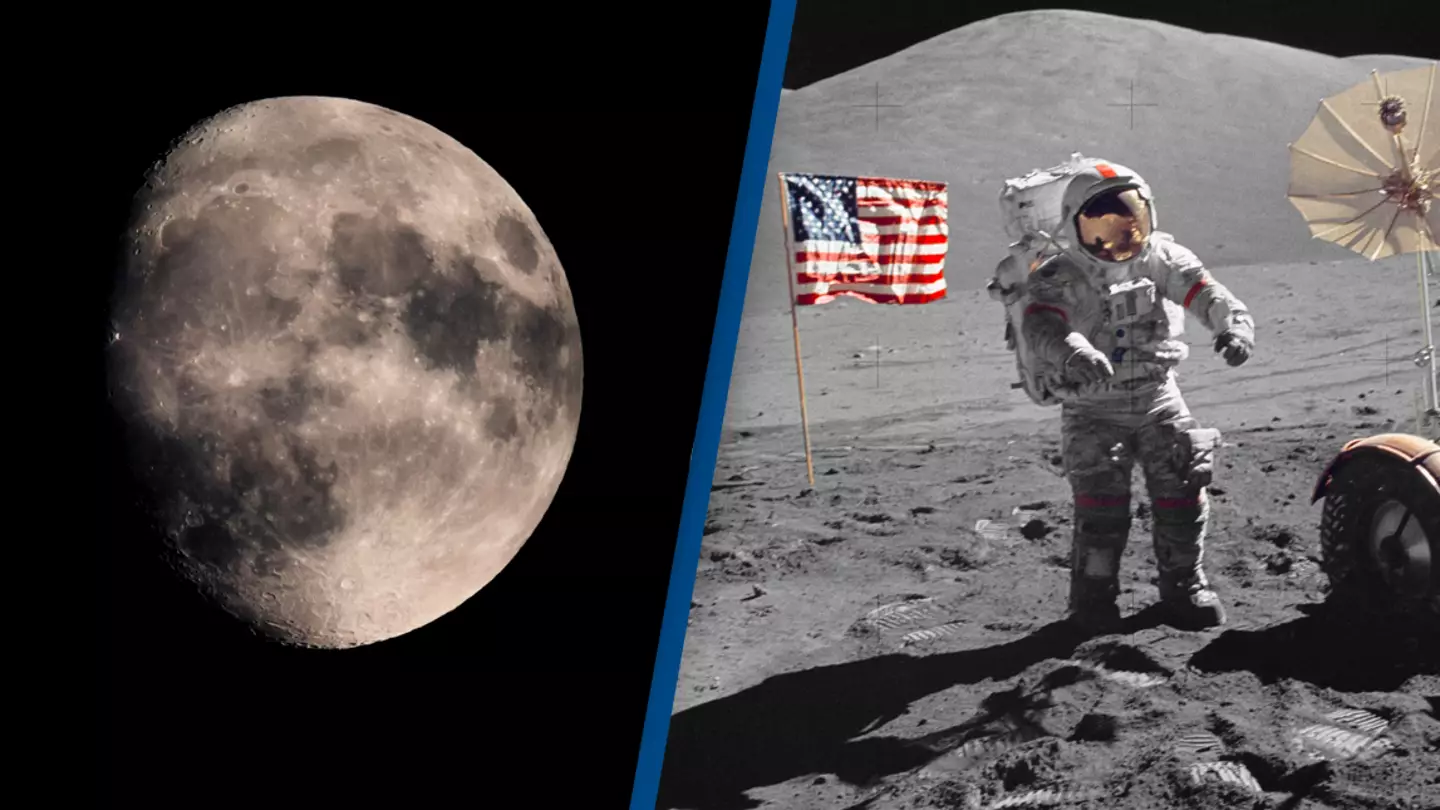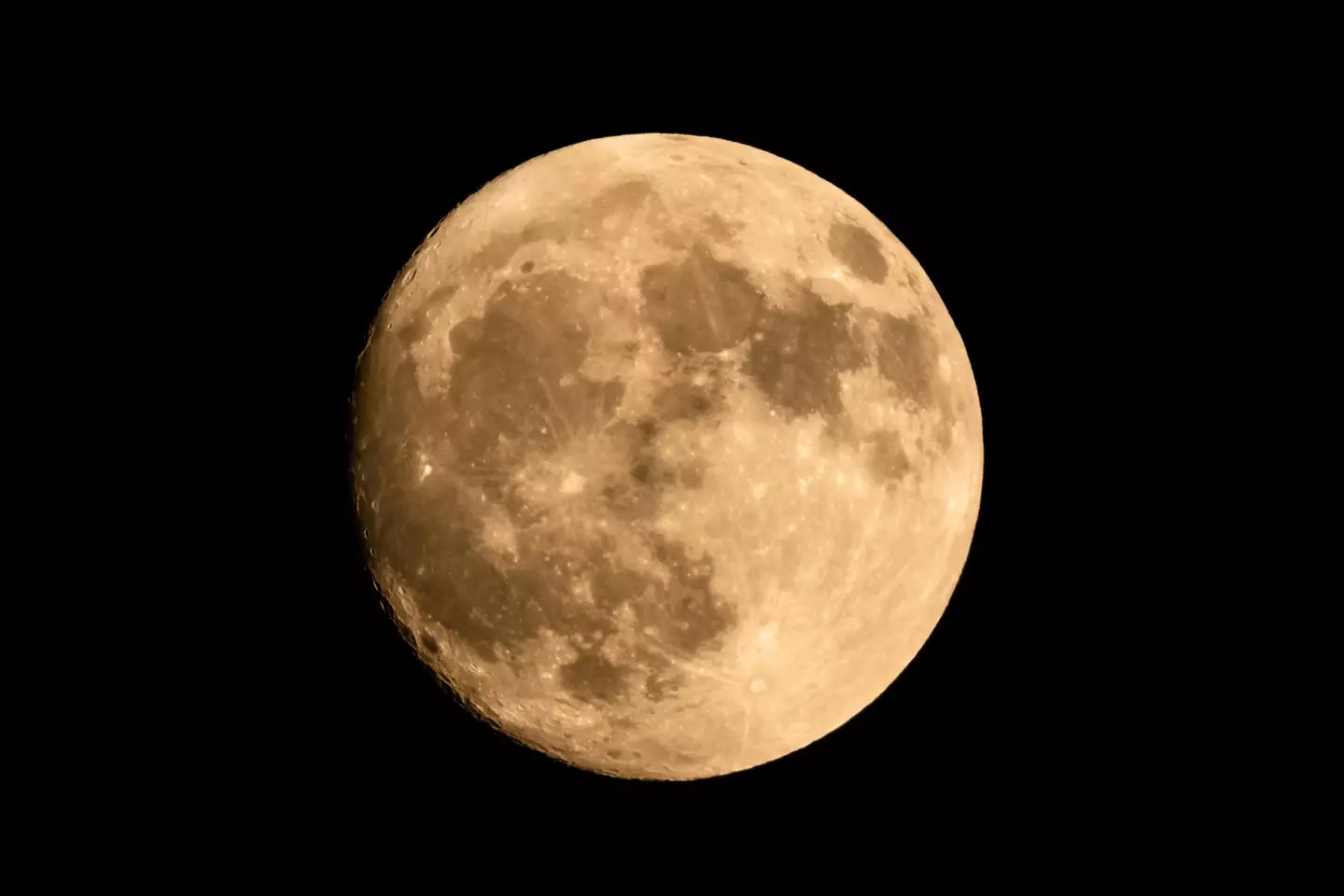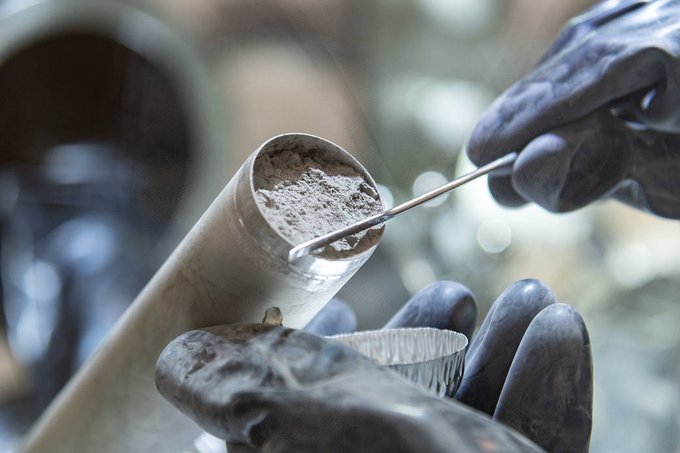
A 50-year-old time capsule, containing lunar soil collected during a 1972 moon landing, has been opened this week for the very first time.
Little did they know it at the time, but Apollo 17 astronauts Eugene Cernan and Harrison Schmitt would be the last humans to step on the moon to date.
Half a century on, one of the vacuum sealed soil samples has now been opened by NASA, offering a glimpse into the golden age of space travel.
Advert
After all, as well as containing samples from the moon, the time capsule also contains tools from a bygone era.
While you might assume this was being done to mark the 50th anniversary, it is actually being opened for a very different - far more exciting - reason.

According to Thomas Zurbuchen, associate administrator of NASA's Science Mission Directorate, the timing is merely a chance coincidence, as the samples will instead help NASA prepare for its upcoming return to the moon - due to take place in 2025.
Advert
"Understanding the geologic history and evolution of the moon samples at the Apollo landing sites will help us prepare for the types of samples that may be encountered during Artemis," he said.
The 'Artemis Program' aims to land humans back on the surface of the moon by 2025, with longer objectives including establishing a sustainable human presence thereafter.
The process of opening the sealed tube containing the lunar soil wasn't simple or easy.
Advert
In fact, as the sample had to be scanned using X-ray CT technology, with the surrounded gasses extracted and collected.
Next, the inner container was pierced, allowing scientists to collect present gases inside as well.
The whole process had to be carried out using huge gloves inside a vacuum glovebox, as well as specialised tools to get at the sample.
The wait now begins for the various samples to be analysed, which will hopefully be of some use to the chosen astronauts who are fortunate enough to step foot on the moon in the coming years.

NASA astro-materials curator Francis McCubbin insists that today's astronauts will benefit from NASA preserving this half-century old sample - just as was intended.
Advert
"We curated these samples for the long term, so that scientists 50 years in the future could analyse them," McCubbin states. "Through Artemis, we hope to offer the same possibilities for a new generation of scientists."
Topics: NASA, Space, Technology

